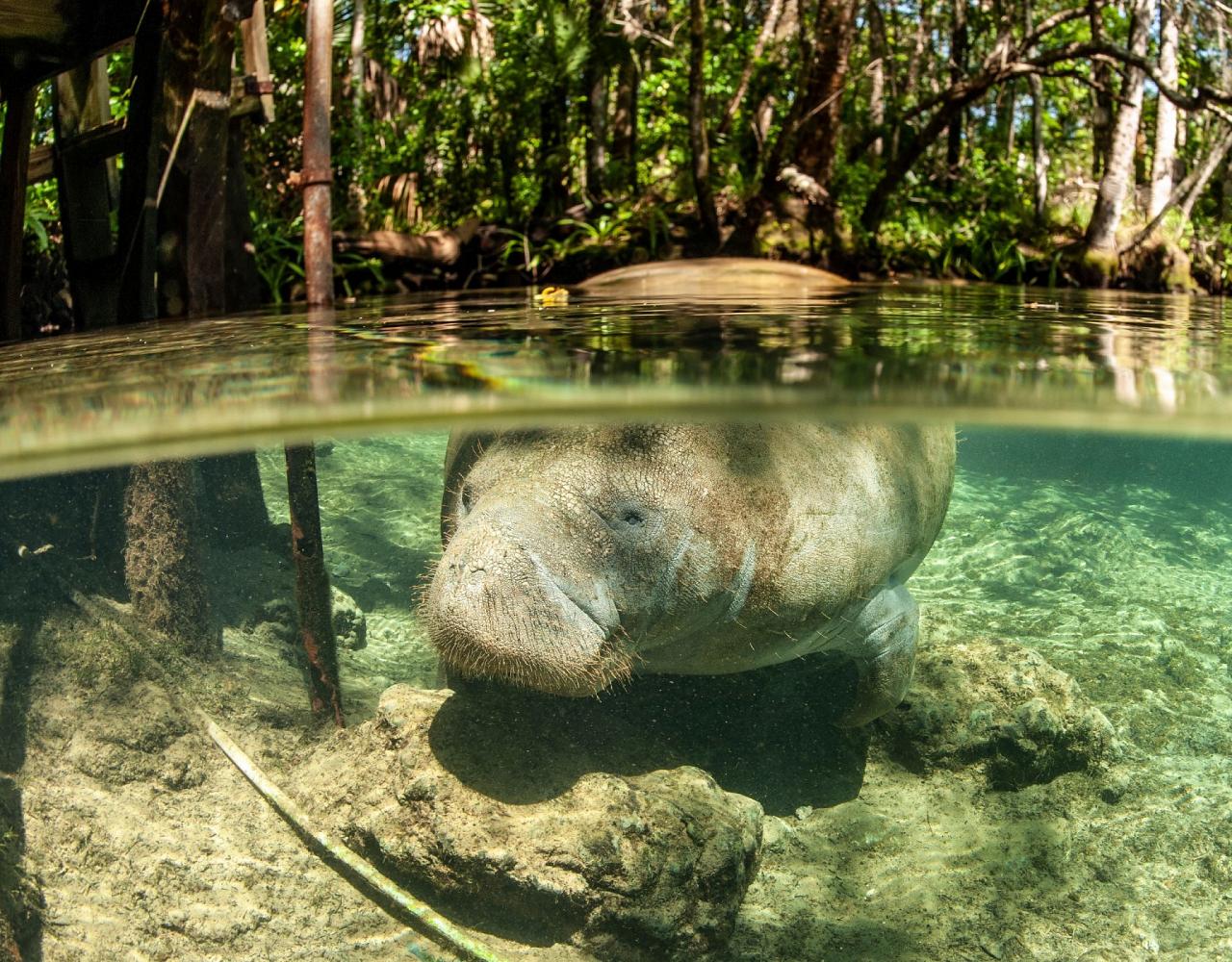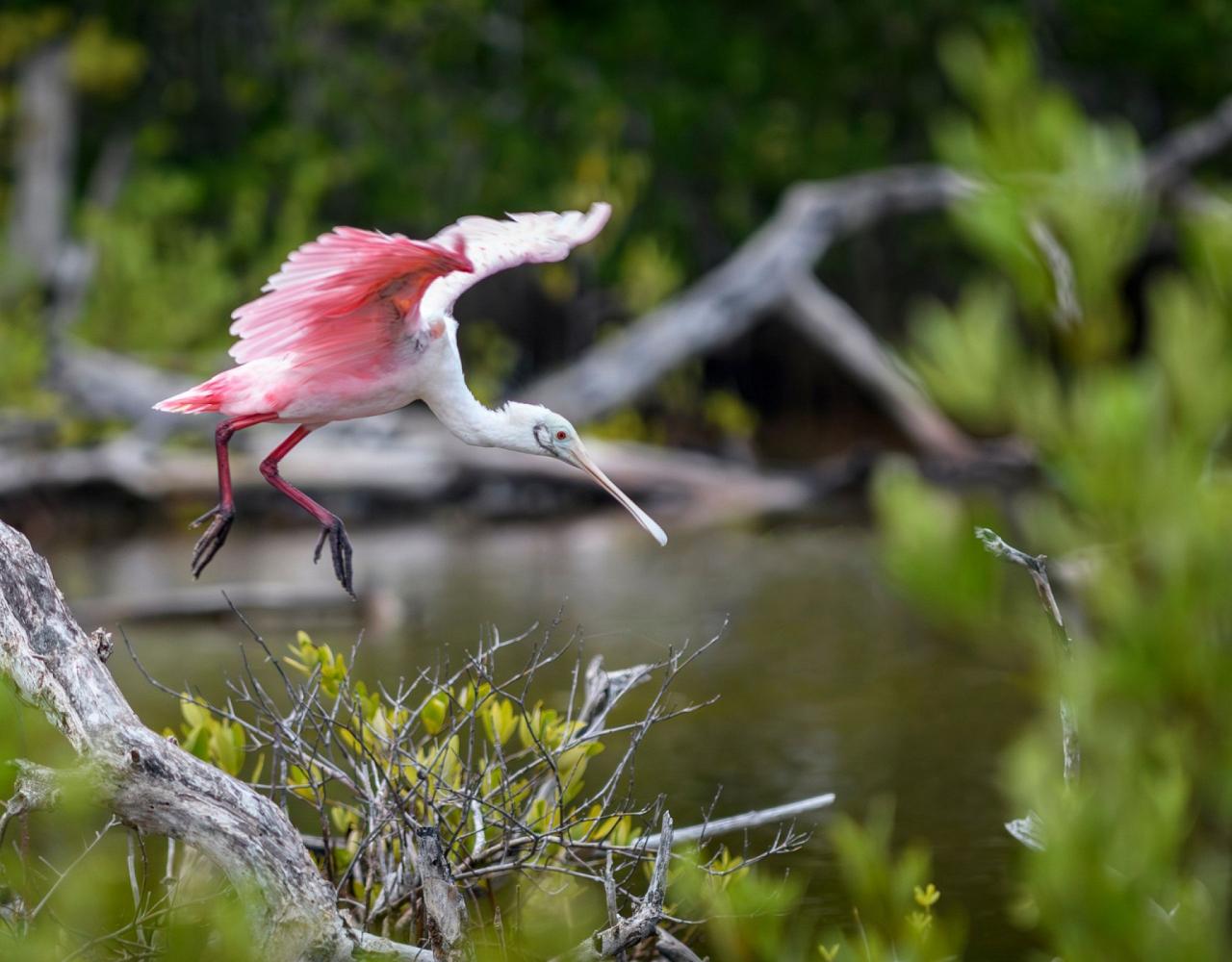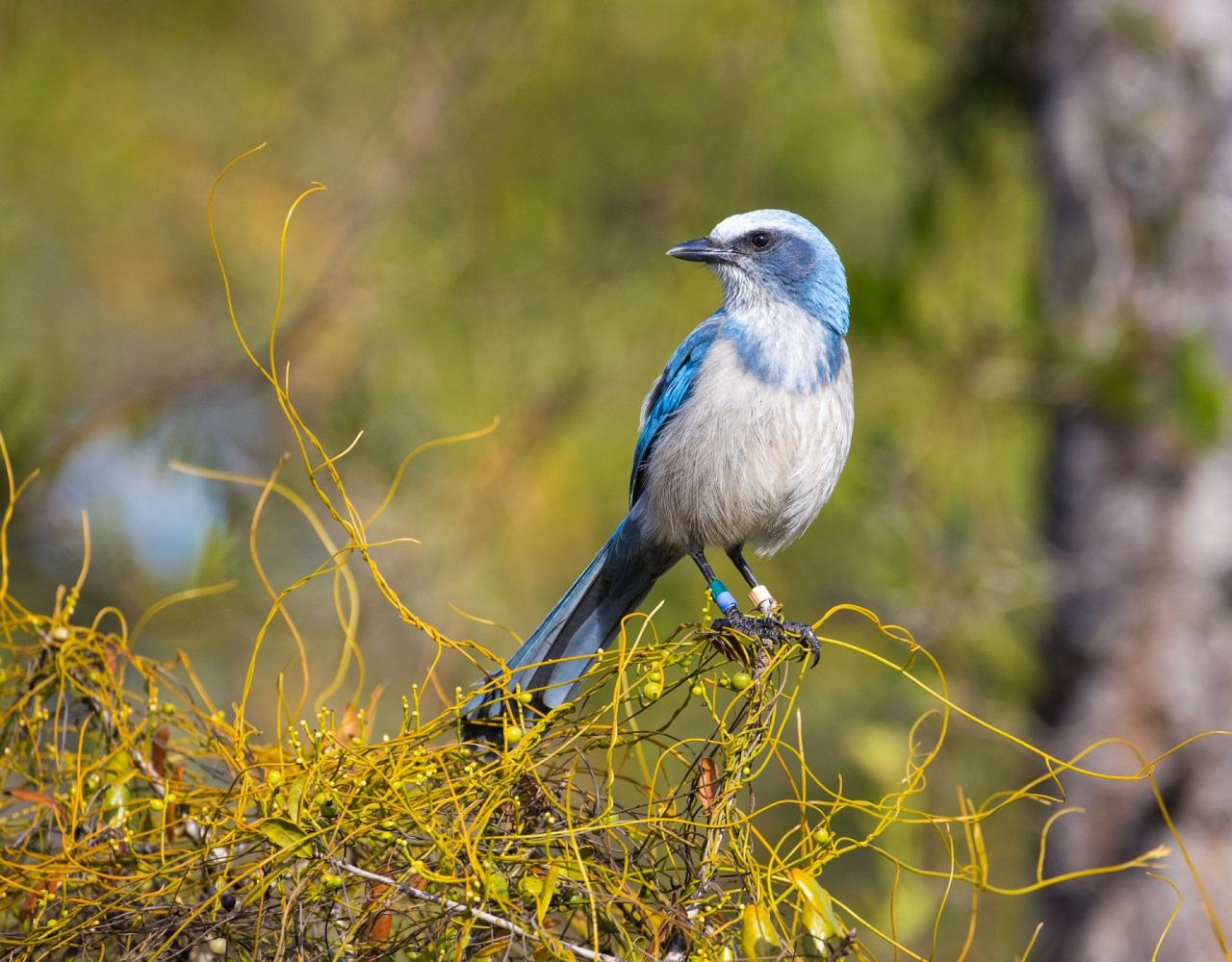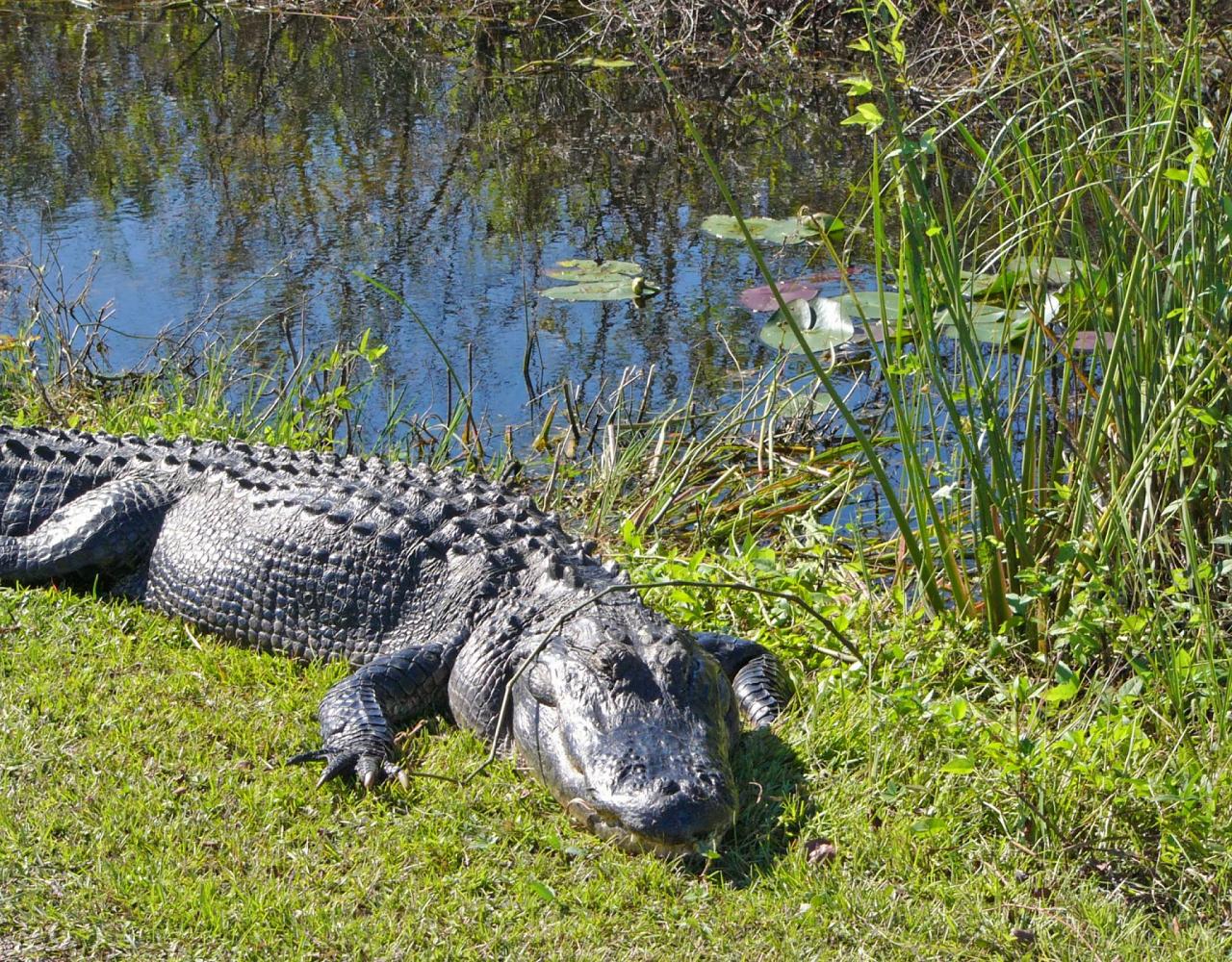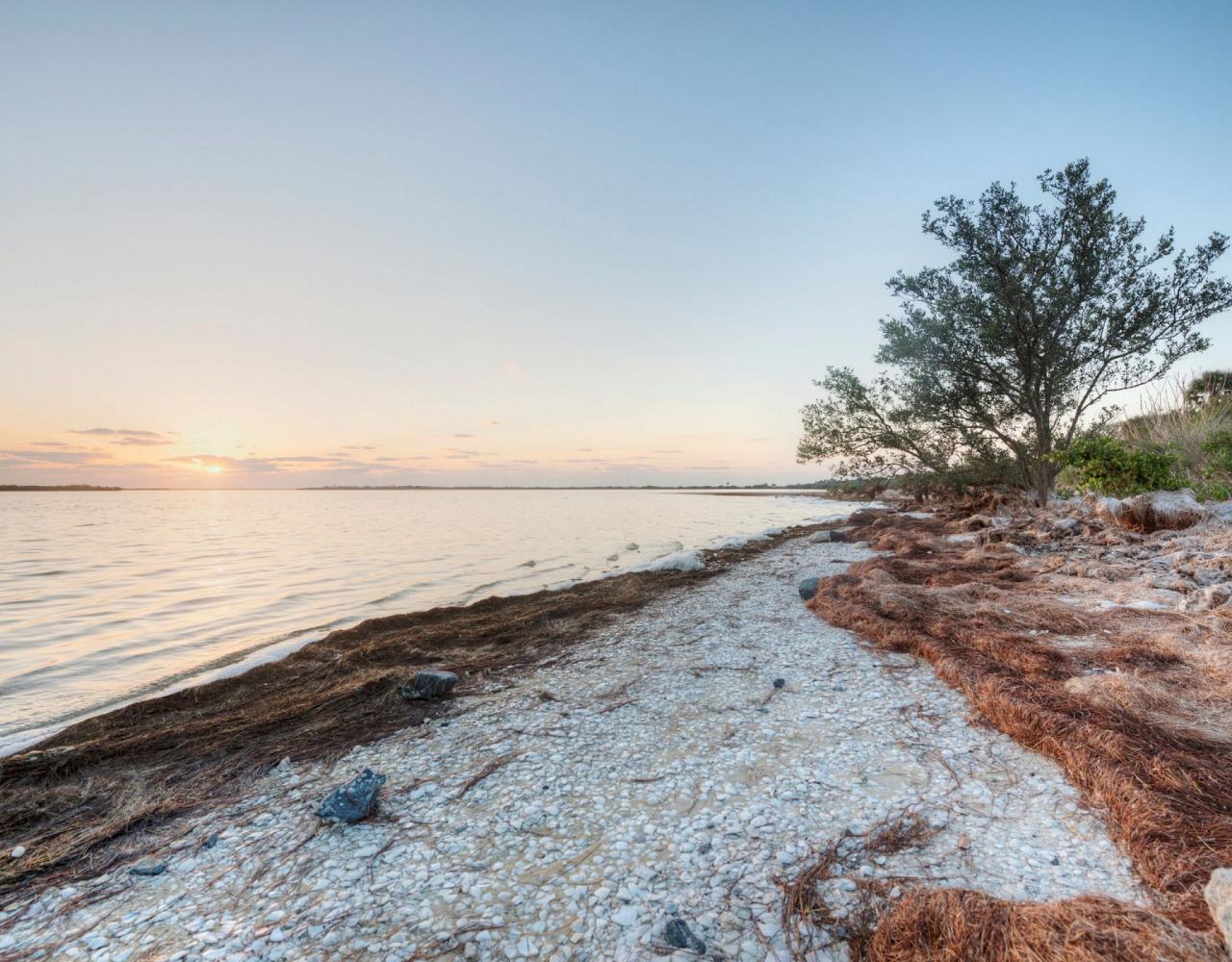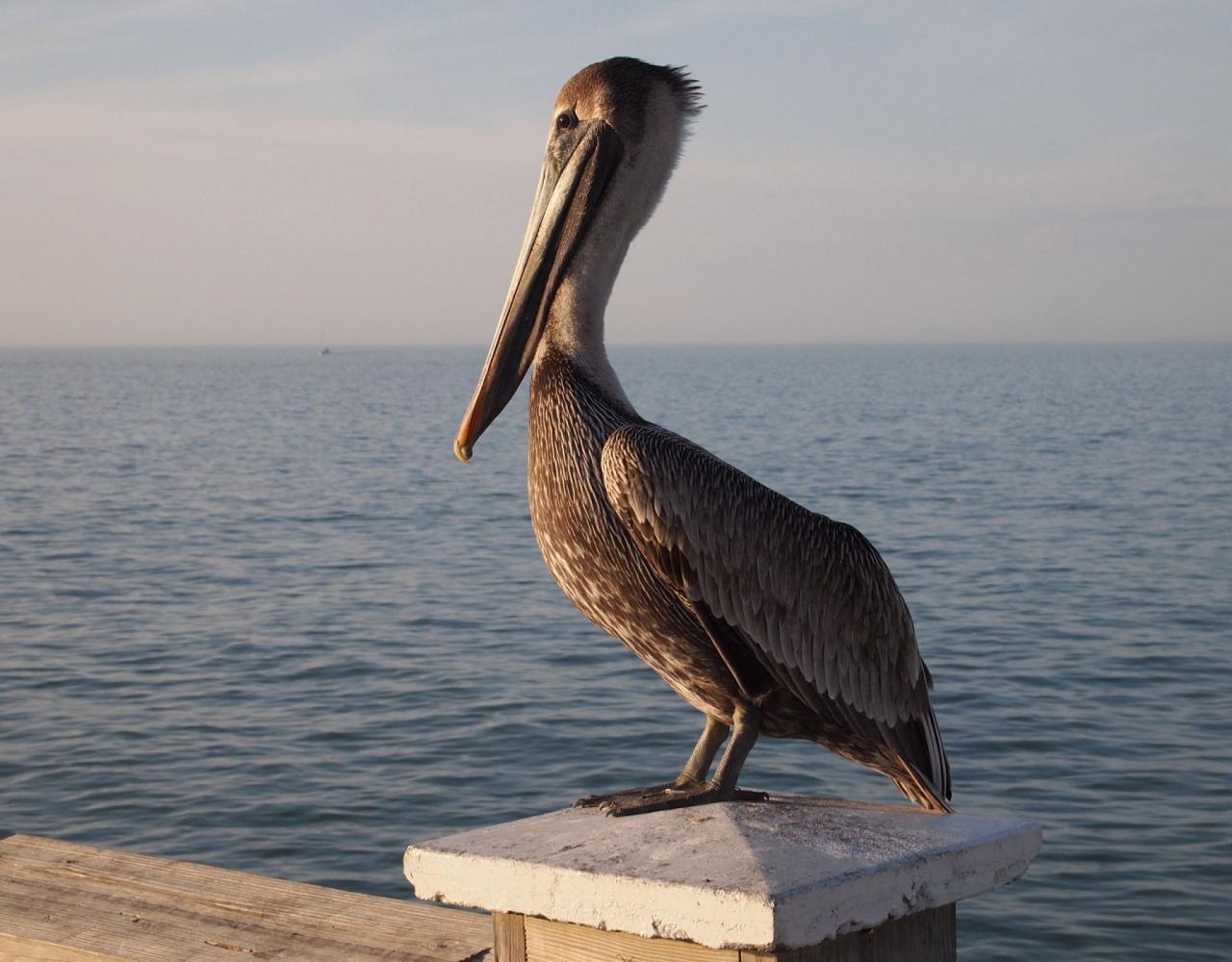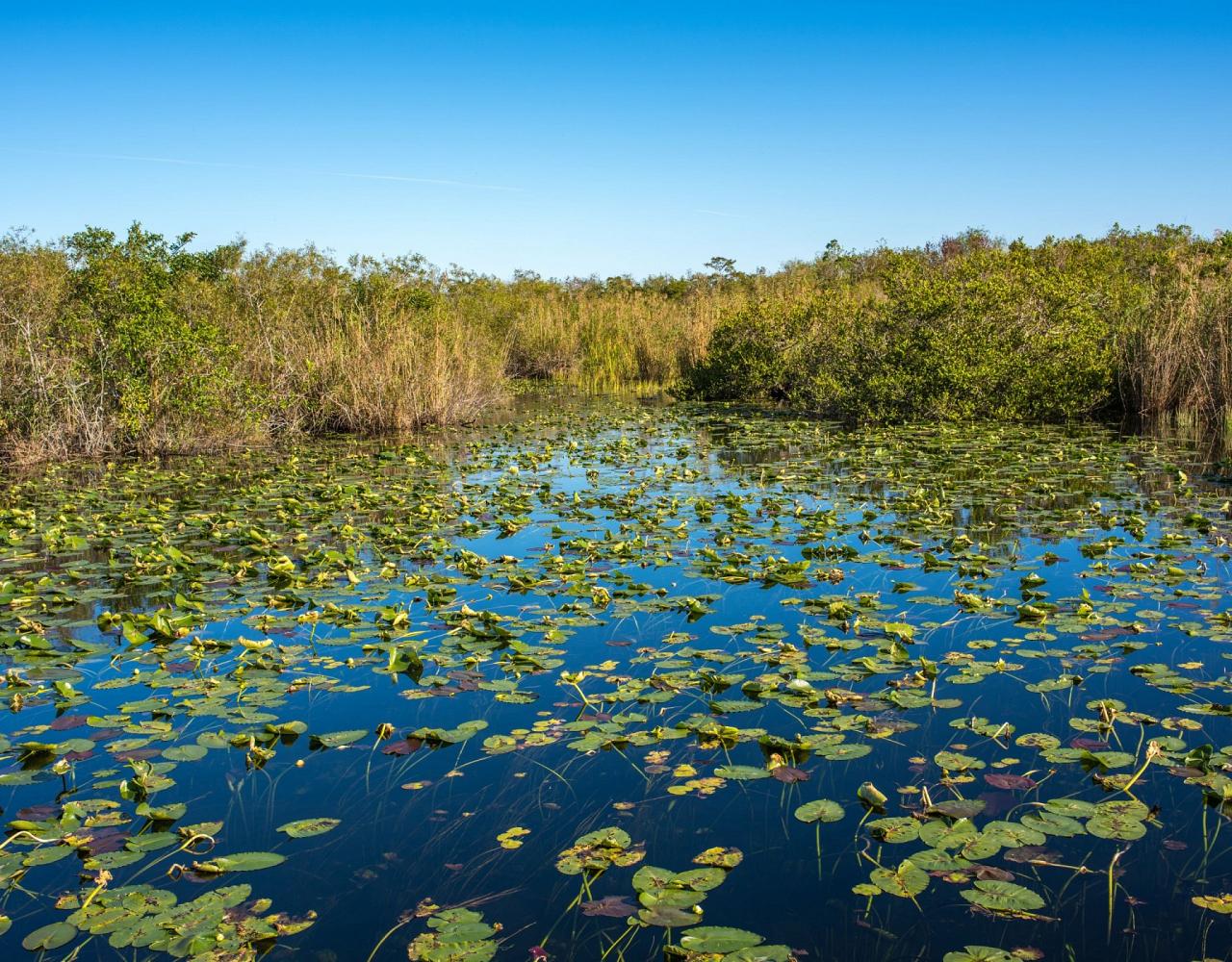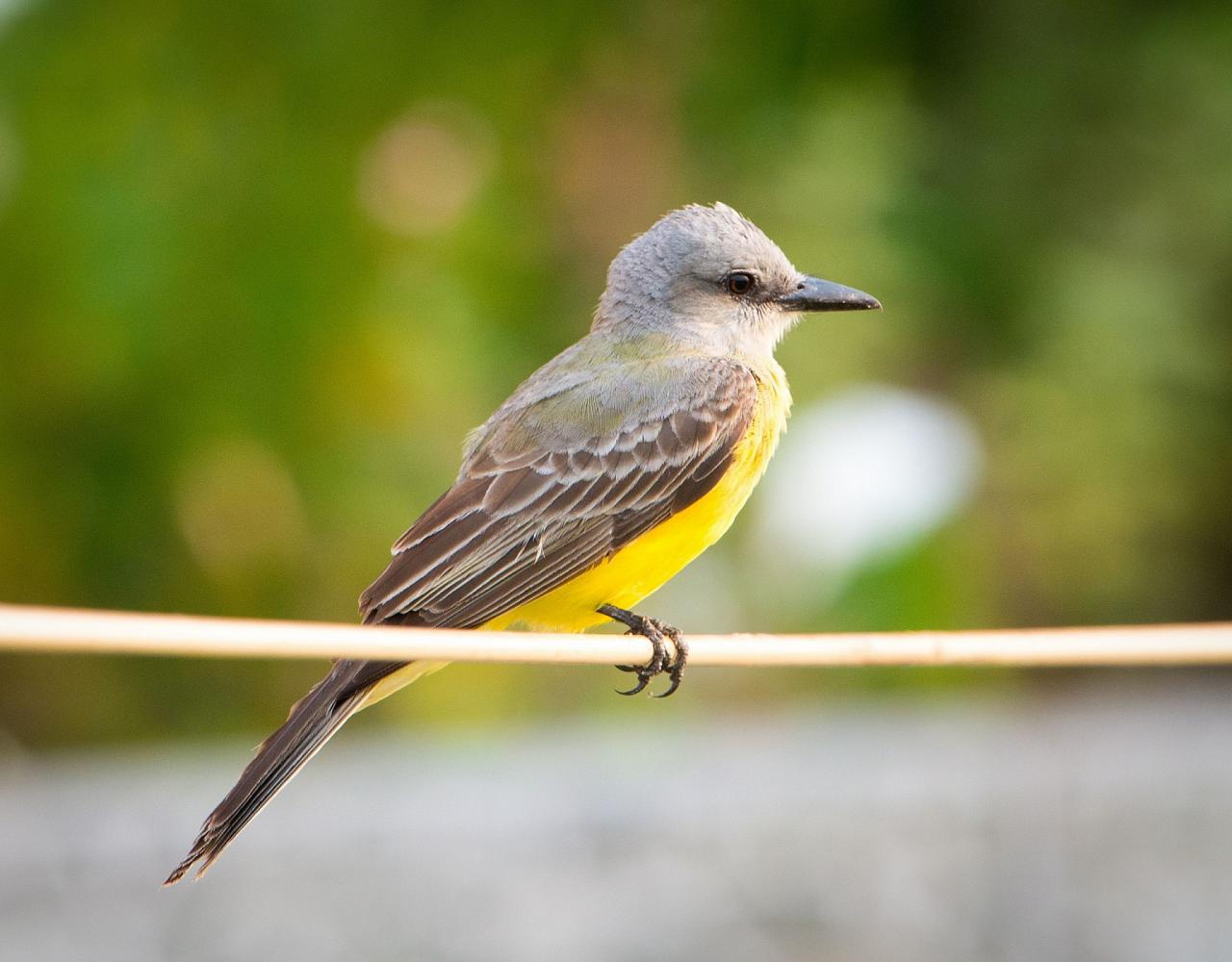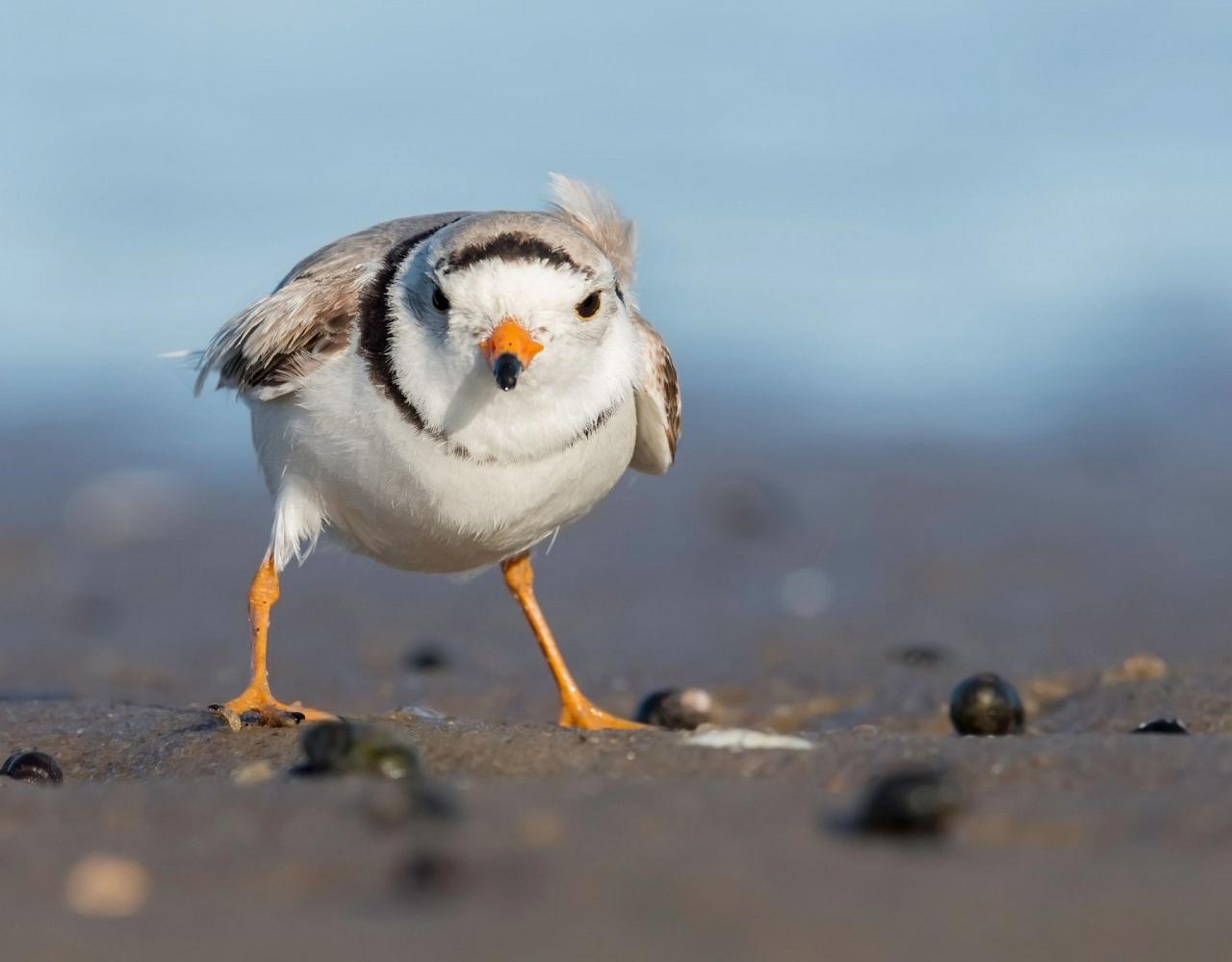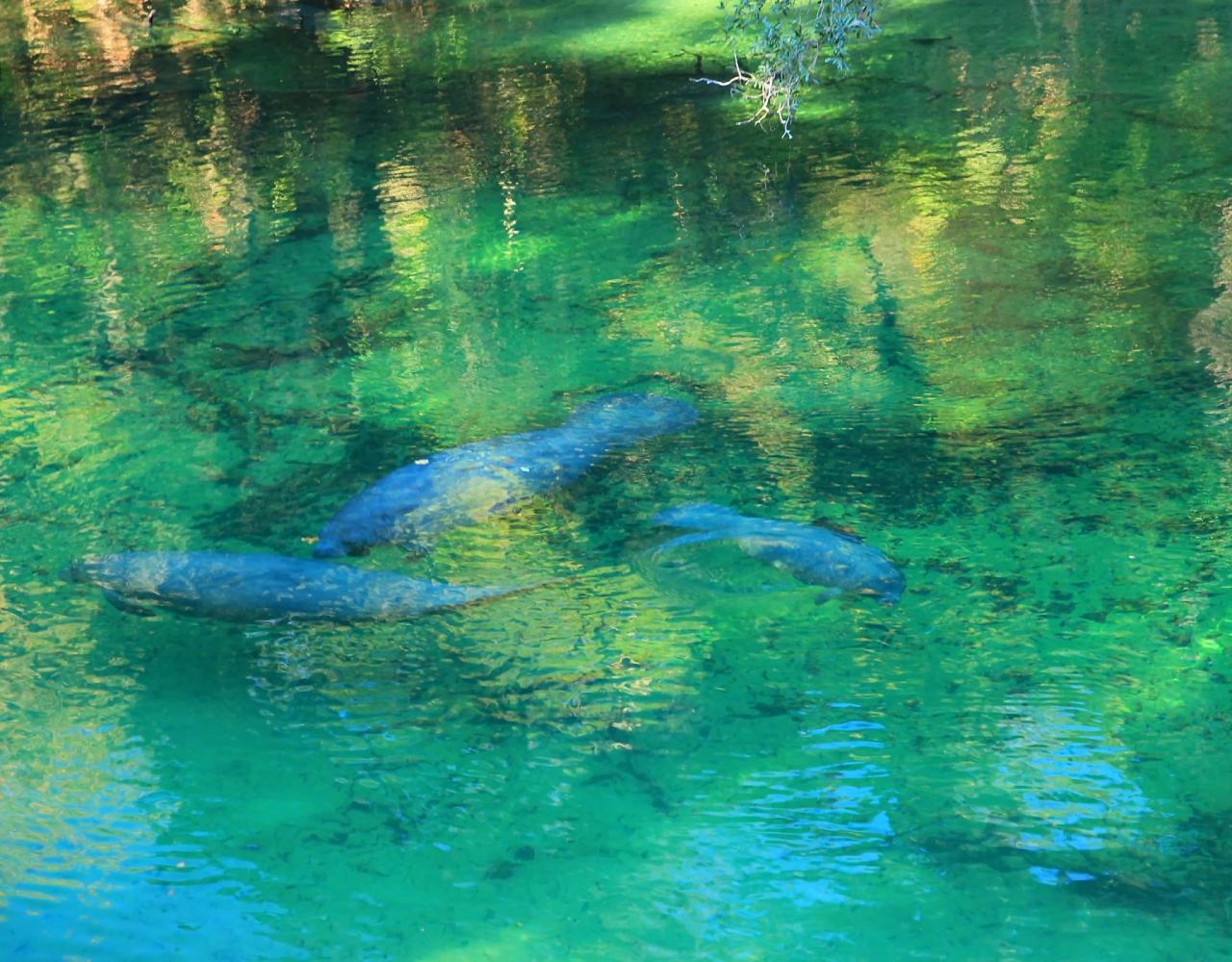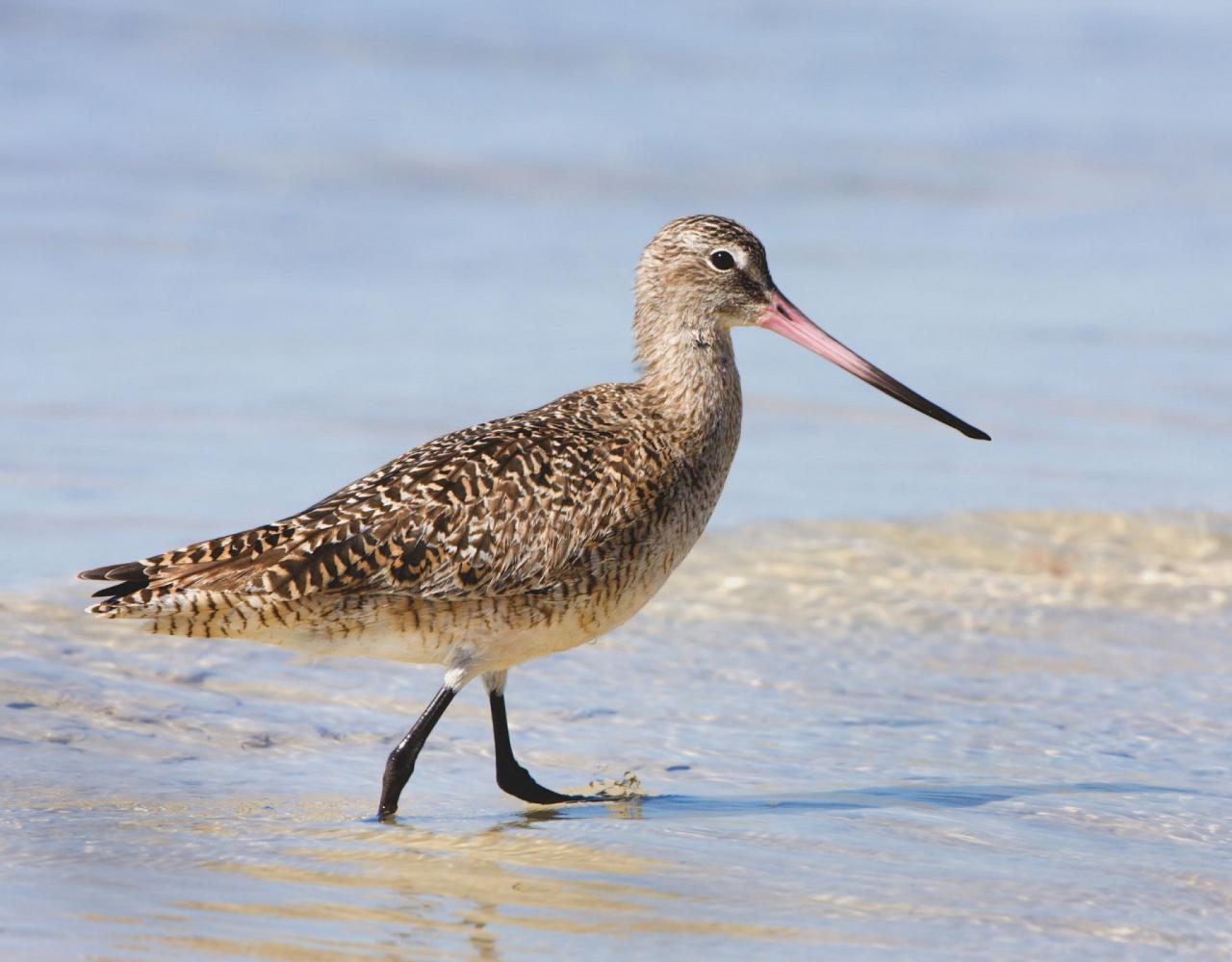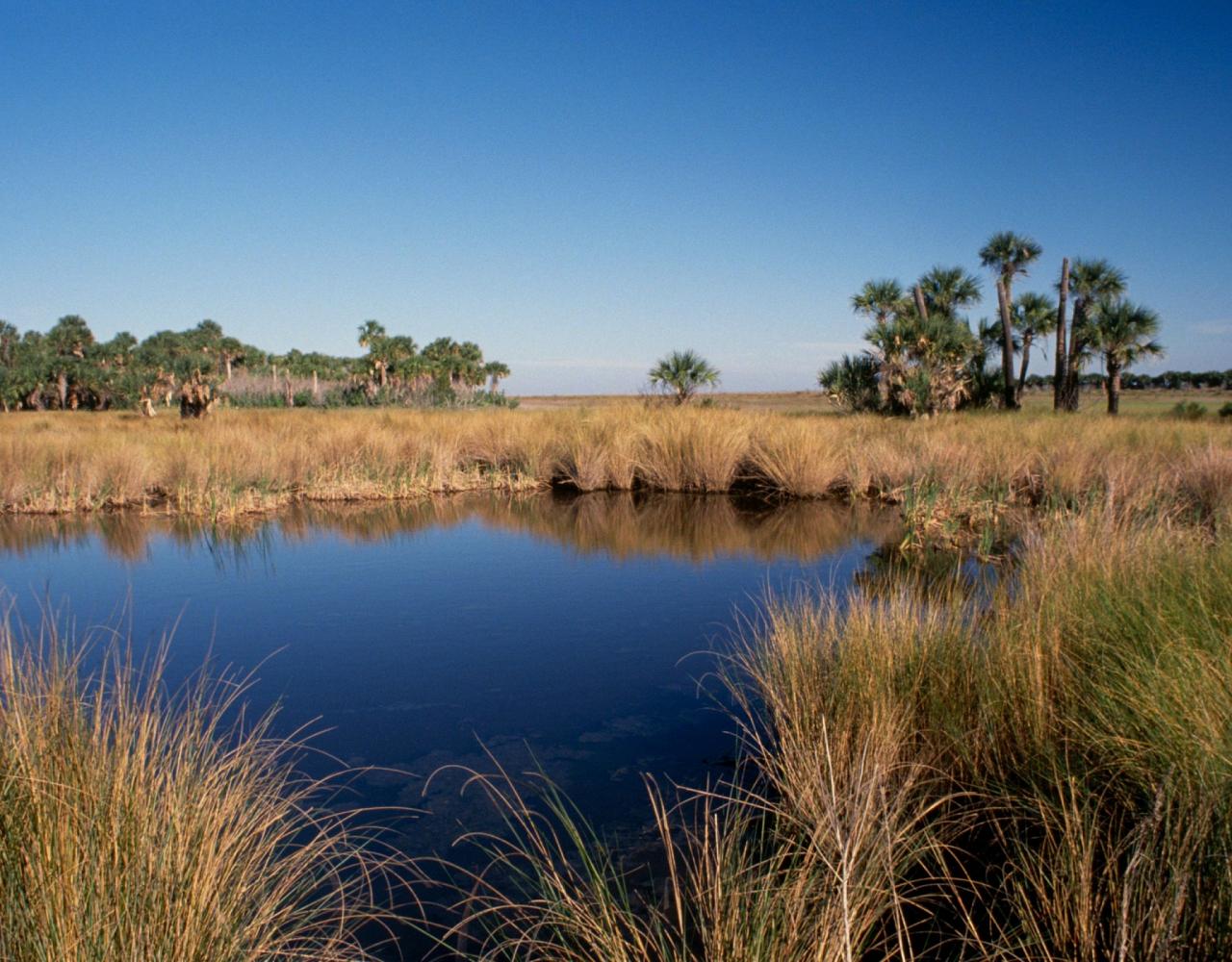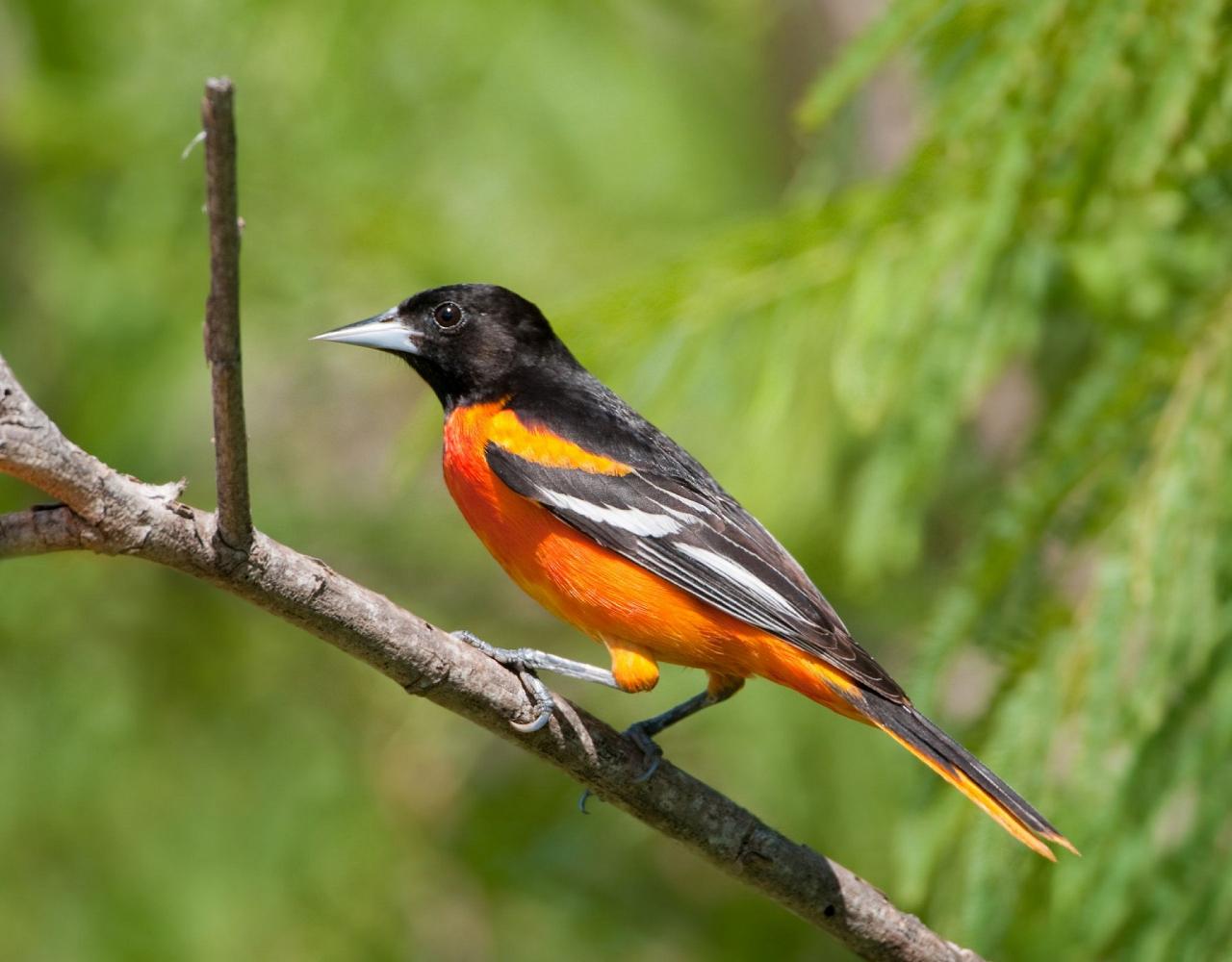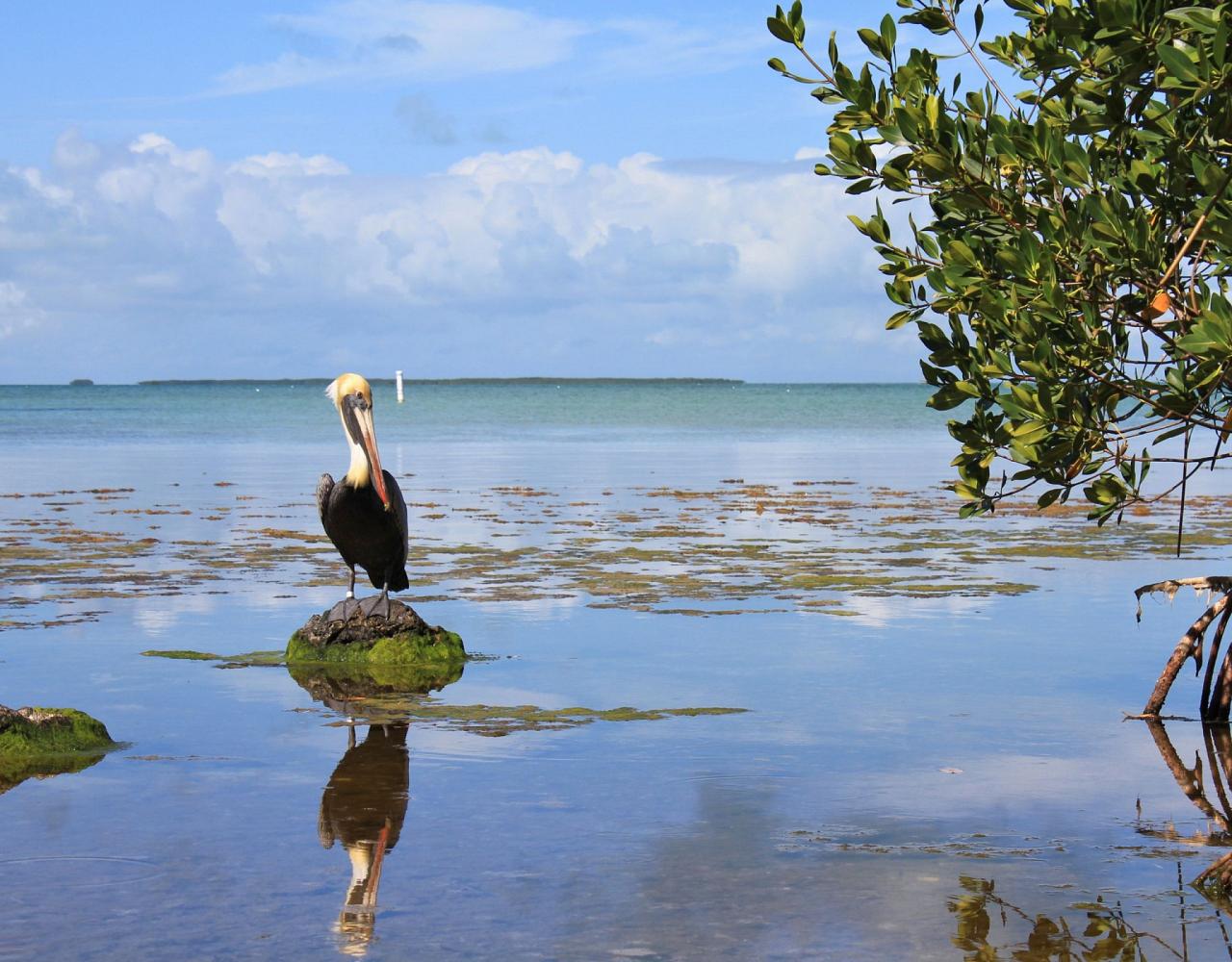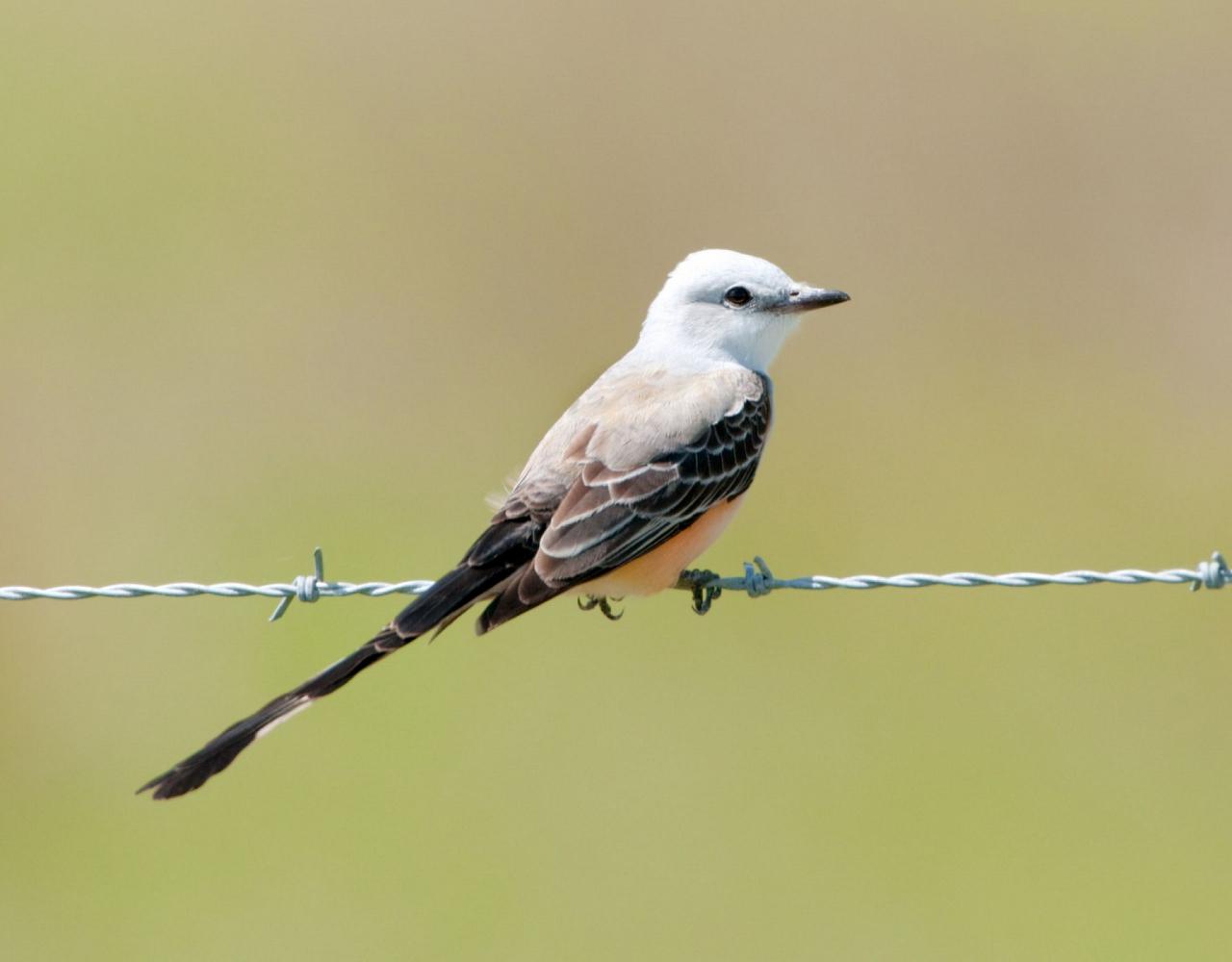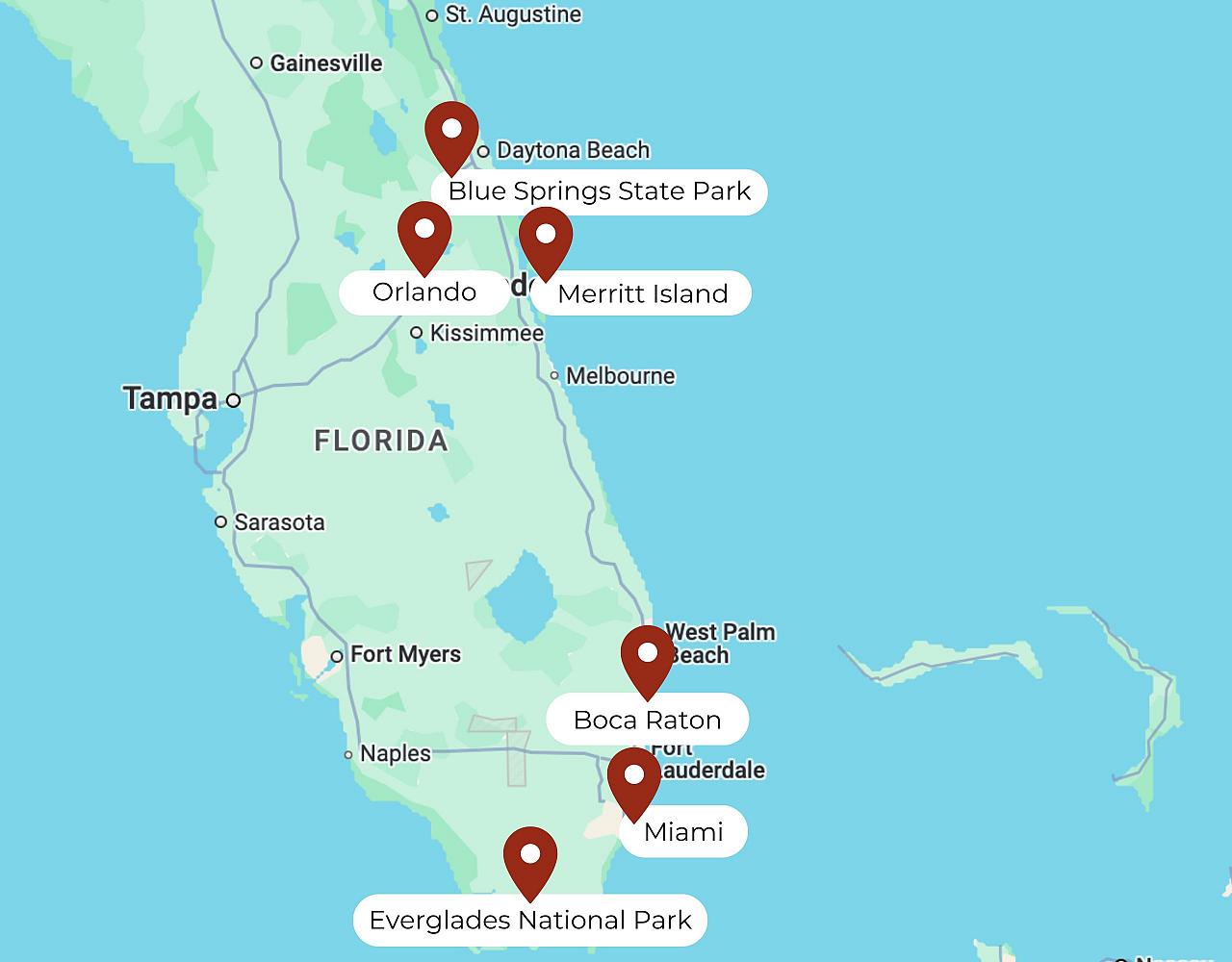- Overview
- Full Itinerary
- Photo Gallery
- Costing
- Travel Details
- Trip Reports
- Guides
- Map
- Know Before You Go
Find yourself far away from Florida’s bustling, tourist-packed theme parks on a Naturalist Journeys’ adventure that takes you deep into Florida’s wild side.
South Florida is deservedly one of the classic birding destinations of the United States. Just barely above the Caribbean tropics, South Florida’s climate and geography isolate it from the rest of the country. Because of its geographically unique position, Florida is a crossroads between the temperate north and the sultry Caribbean south. Indeed, the excellence of winter birding in South Florida is one of North America’s secrets; winter is the time when the region’s avian diversity peaks.
This Florida birding tour invites you to explore a rich variety of ecosystems and bird species across the Sunshine State. We begin in Orlando, where we dive into Florida’s winter warbler wonderland and experience some of the state's most iconic birding hotspots. From Blue Spring State Park's manatees and endemic Florida Scrub-Jay to the bird-rich wetlands of Merritt Island, we have the chance to observe dozens of species, including warblers, waterfowl, and wintering birds. The journey then takes us south, through Three Lakes Wildlife Management Area and Palm Beach County’s wetlands, offering opportunities to spot everything from woodpeckers and sparrows to exotic species like Nanday Parakeets.
Venturing further south still, we explore into the near-tropical realm of Miami and Everglades National Park, exploring the subtropical wilderness of sawgrass prairies, mangrove swamps, and hardwood hammocks. Miami’s diverse habitats provide a unique chance to observe wintering warblers, tropical birds, and a variety of waterfowl, while the Everglades offer an unparalleled National Park experience with species such as the American Crocodile, Roseate Spoonbill, and possibly even American Flamingo (at Flamingo!).
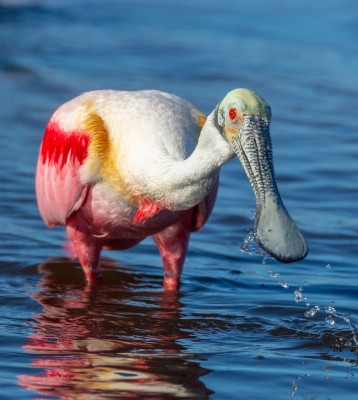
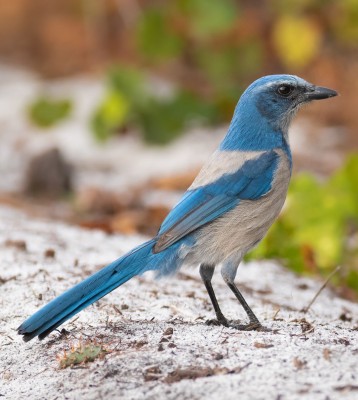
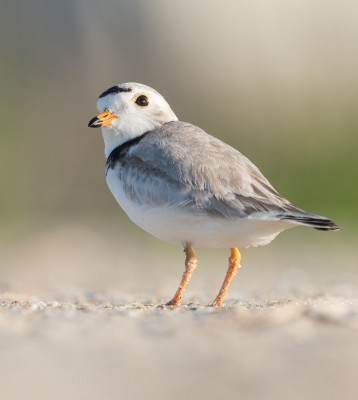
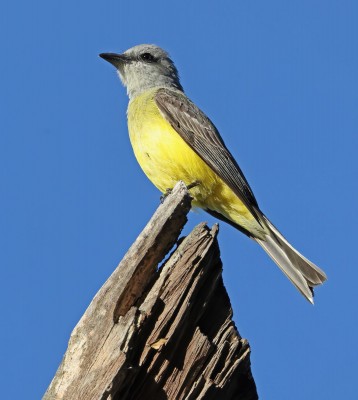
Tour Highlights
- Witness hundreds of wintering manatees at Blue Spring State Park
- Explore the vast Merritt Island NWR and its impressive wildlife list, followed by time at Kennedy Space Center
- Bird Three Lakes Wildlife Management Area for woodpeckers, warblers, and more
- Spend time birding Palm Beach County’s artificial wetlands, a conservation success story!
- Indulge in delicious Cuban cuisine for dinner one night in Miami
- Bird Miami-Dades extensive urban park system, excellent for resident, migrant, and exotic species
- Cap off the tour with a full day in Everglades National Park, exploring all the way down to Flamingo
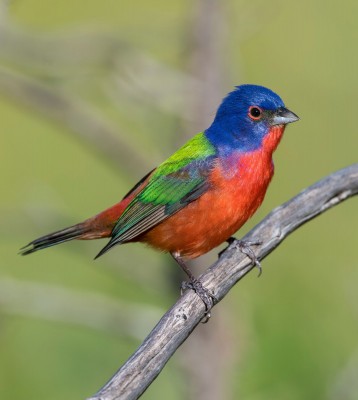
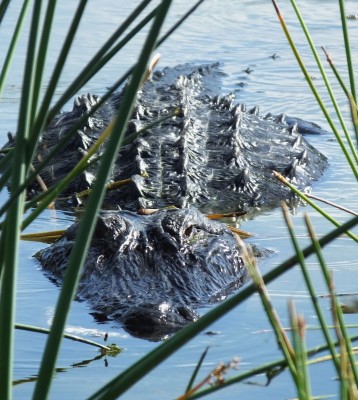
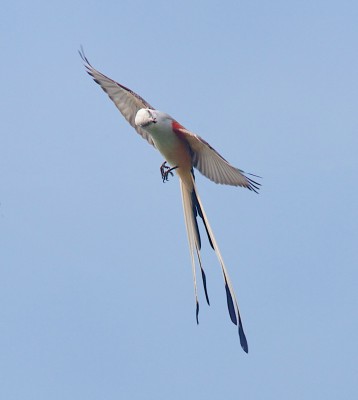
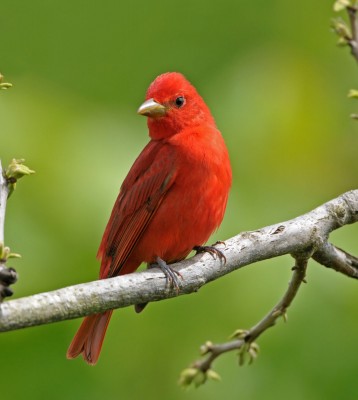
Trip Itinerary
Itineraries are guidelines; variations in itinerary may occur to account for weather, road conditions, closures, etc. and to maximize your experience.
Tues., Jan. 13 Arrivals in Orlando
Welcome to the true Sunshine State. With 250 days of sunshine a year, there’s a reason snow birds and real birds, especially warblers, love to winter here. In addition, half of the U.S. bird endemics can be found in Florida, plus we can potentially see 20 species of warblers in the winter here. Florida is a true winter warbler wonderland. Please arrive in Orlando by mid-day, no later than 1:00 PM. We bird our way to the hotel, stopping to check some local patches, so be sure to pack your binoculars in your carry-on and wear comfortable shoes. After we check in and settle in, we meet for a welcome dinner to discuss the coming week and get to know our fellow traveling companions.
Accommodations at the Hilton Garden Inn Orlando Downtown (D)
Wed. Jan. 14 Blue Spring State Park | River Trip
We start our first full day in Florida with one of the state’s true wonders. Blue Spring State Park, north of Orlando, is home to the forgotten mermaids—manatees! The West Indian Manatee, the largest manatee in the sirenian family, calls Blue Spring its home. Blue Spring is a conservation success story. When the park was first established in 1970, there were only about a dozen manatees found to winter here. After years of conservation, their wintering numbers can amass to over 700 in these crystal-clear waters.
Along with spending time with the Sea Cows, we are also on the lookout for our first endemic of the trip … and a Florida endemic at that! The Florida Scrub-Jay is bold and gregarious, like most jays, and we hope makes its presence known as we explore this gem of a state park. As we walk the park’s trails through sand pine scrub, pine flatwoods and freshwater marsh, we look for some of the 142 known bird species that can be found here, including winter migrants like Chestnut-sided Warbler and Blackburnian Warbler, as well as Mississippi Kite and even Merlin. This is also the southern-most range of the Carolina Chickadee; we listen for them and their excitement amongst the trees.
We also make time to enjoy a trip along the St. Johns River. This is a two-hour narrated nature and ecological cruise on which we watch for a wide variety of herons, egrets, and other waterbird species.
This evening we recap our species for the day and enjoy a delicious dinner together.
Accommodations at the Hilton Garden Inn Orlando Downtown (B,L,D)
Thurs., Jan. 15 Merritt Island NWR | Mangroves | Kennedy Space Center
After breakfast this morning we head east to Florida’s glittering Atlantic coast for a visit to Merritt Island. This island is not only home to one of the most productive estuaries in the entire country, but is also home to the most northerly mangrove system in the U.S. The island is also home to the Kennedy Space Center. The space center was integral in acquiring the land that makes up the wildlife refuge, and in 1963, the Merritt Island National Wildlife Refuge was born. With our eyes beyond the clouds, into the great unknown of space, we were able to help protect one of the most important biological habitats in the U.S. The refuge is 140,000 acres, and includes a range of habitats we can explore, including saltwater marshes, coastal dunes, scrub, pine flatwoods, managed impoundments, and hardwood hammocks. This 35-mile long barrier island is home to 1500+ species of plants and animals and is situated along the Atlantic Flyway, a key migration corridor.
358 species of bird have been identified on the island, and we should be treated to huge numbers of waterfowl, Bald Eagle, Reddish and other egrets and herons, Roseate Spoonbill, Woodstork, grebes, loons, and maybe even a gannet could be seen here as well. Armadillos, American Alligators, cooters, and more can also be seen as we explore.
After lunch, we have set aside some time to visit the Kennedy Space Center. You could spend days visiting the center and seeing all the amazing things here, but we make the most of our few hours before heading back to Orlando for dinner.
Accommodations at the Hilton Garden Inn Orlando Downtown (B,L,D)
Fri., Jan. 16 Three Lakes Wildlife Management Area
We ramble our way south today, working our way from breakfast in Orlando down to dinner in Boca Raton at day’s end. Along the way, we have an exciting amount of birding in store. The system of lakes we visit today are the start to the watershed that makes up the Everglades.
Three Lakes WMA consists of Lake Kissimmee, Lake Jackson, and Lake Marian. This area is the second largest dry prairie in the U.S., one of the highlights of Florida’s Bird Trail, with dry prairie, longleaf pine, live oaks, and freshwater marshes, making for extremely rich habits for birds. As we explore, we search for Bachman’s Sparrow and Brown-headed Nuthatch, and warblers could include Prairie, Orange-crowned, Black-and-white, Palm, Pine, and of course, Yellow-rumped. The area is also home to five species of woodpecker: Red-cockaded Woodpecker, Red-headed, Red-bellied, Downy, and Pileated. This is “Old Florida” country, flat and sprawling, with saw palmettos and ancient oaks draped in Spanish moss. We spend a good portion of today visiting all the unique habitats that make up this special area. It's not uncommon to spot a Crested Caracara or Snail Kite in the area, too. We enjoy lunch between habitat stops as we hop from lake to lake. Lake Marian is a fabulous place to look for Wood Stork or the non-migrating population of Sandhill Crane.
After we’ve birded our fill, we continue our journey south to Boca Raton, where we check in, enjoy dinner, and go over our species list.
Accommodations at the Holiday Inn Express Boca Raton (B,L,D)
Sat., Jan 17 Palm Beach County | Local Wetlands
Boca Raton is in Palm Beach County, and we spend the day exploring and birding here. The area has an extensive array of artificial wetlands for us to explore. These wetlands are a true conservation success story, and host a high concentration of waterbirds. We have a full day exploring this man-made bird haven as we work our way to Miami.
Among the many wetlands, we look for Limpkin, Sora, Anhinga, Little Blue Heron, and possibly the exotic Nanday Parakeet. Black-bellied Whistling Duck could be a fun find, and we should see plenty of Common and even Purple Gallinules. This is also a wonderful day for the photographers among us—we should see showstoppers like Roseate Spoonbill and Painted Bunting. Warblers could include Nashville, Worm-eating, Yellow-throated, Prairie, and Black-throated Blue.
The day ends in Miami, we start to transition into more Caribbean-like vegetation and the heart of Cuban culture in the U.S. Tonight's dinner is at a favorite Cuban restaurant.
Accommodations at the Four Points by Sheraton Cortal Gables (B,L,D)
Sun., Jan. 18 Miami Area Birding
The nearly tropical climate and exotic vegetation of the Miami-Ft. Lauderdale metropolitan area offers a unique birding opportunity. Miami is our home for the next few days, and we start off by exploring the tropical hardwood hammocks of Miami-Dade County. Miami, a county that claims one of the longest bird lists east of the Mississippi River, has an extensive number of parks. The parks and preserves peppered throughout the city provide habitat for a wide array of both resident and wintering species. And with the wide range of local and exotic vegetation, it's not uncommon to see over 15 species of warbler in a day here! The birding is varied today, with species such as Baltimore Oriole, Summer Tanager, White-crowned Pigeon, Piping Plover, Burrowing Owl, Ruby-throated Hummingbird, Loggerhead Shrike, up to three species of vireo, endless wintering warblers including Swainson’s, Blue-winged, Magnolia, and Black-throated Green, and can even include exotics such as Spot-breasted Oriole, White-winged Parakeet, Red-whiskered Bulbul, and Common Myna.
Our day in Miami is also sprinkled with drives through some of the various Cuban-influenced neighborhoods with lunch and dinner at local Cuban restaurants.
Accommodations at the Four Points by Sheraton Cortal Gables (B,L,D)
Mon., Jan. 19 Everglades National Park | Lucky Hammock
We save the best for last on this Florida birding tour: Everglades National Park, a park that is unparalleled in the US. It is the largest subtropical wilderness in the United State, the 10th largest national park in the country, and the third largest in the lower 48 states. Published in 1947, Marjory Stoneman Douglas’ The Everglades: River of Grass highlighted the uniqueness of the Everglades. Lying at the southern tip of the state, the Everglades is a vast subtropical sawgrass prairie broken only by cypress domes, tropical hardwood hammocks, pinelands, and mangrove swamps. There is nowhere else in the United States with such a decidedly tropical suite of habitats.
Throughout the day, we work along the length of the main park road that ends in Flamingo, exploring these various habitats for several warblers such as Black-throated Blue, Pine, Black-throated Green, Prairie, and Magnolia. We scan the sky for vultures and other raptors and possibly even Short-tailed Hawk. Along the way, we stop in Lucky Hammock, which boasts a high concentration of wintering western birds, too, including Scissor-tailed Flycatcher, Tropical Kingbird, and White-tailed Kite. This is also a good place to see American Crocodile, at the marina in Flamingo, if we have not seen them yet. We time our arrival in Flamingo for the best tides; this gives us a chance to see Great ‘White’ Heron, Reddish Egret, Willet, Marbled Godwit, Whimbrel, Wilson’s Plover, Black Skimmer, and so many more waders and shorebirds. If we’re lucky, we might even see American Flamingo!
We make our way back to Miami for a final celebratory dinner, tallying up our final species list and reminiscing over highlights of our time together in the Sunshine State.
Accommodations at the Four Points by Sheraton Cortal Gables (B,L,D)
Tues., Jan 20 Departures
This morning we enjoy a final breakfast before heading out to do some last local birding near Biscayne Bay to look for Mangrove Cuckoos. Please plan your departures after 1:00 PM. (B)
Cost of the Journey
Cost of the main journey is $3990 DBL / $4970 SGL based on double occupancy, from Orlando, departing Miami. This cost includes: accommodations for seven nights, meals as specified in the itinerary (B=breakfast, L=lunch, D=dinner), airport welcome, land transportation during the journey, professional guide services, park and other entrance fees, and miscellaneous program expenses.
Cost does not include: round-trip airfare to Orlando and from Miami, items of a personal nature such as laundry, telephone, drinks from the bar, and gratuities for luggage handling or personal services.
Travel Details
Please plan to make air travel plans only after the minimum group size has been met. We will send you a confirmation email as soon as the trip has been confirmed.
Arrival Airport: Orlando International (MCO)
Arrival Details: Please plan to arrive January 13, 2026 no later than 1:00 PM
Departure Airport: Miami International (MIA)
Departure Details: Please plan departure flights out after 1:00 PM on January 20, 2026
If you are arriving early, we recommend staying at the Downtown Hilton Garden Inn. Only 30 minutes from the airport, its a short taxi ride over. If you would like to stay closer to the airport, we can also offer pick-ups from the Holiday Inn Express on the airport pick-up day January 13, 2026.
Browse below for trip reports and species lists from past versions of this and other tours from this destination.
Florida & Keys
- April 2012
- April 2013
- April 2015
- April 2019
- April 2021
- November 2023 (Photography Workshop)
-
Tina Greenawalt
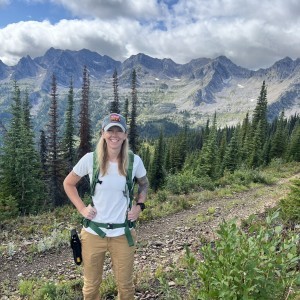
Tina joined NJ in 2023 and is Peg's right hand on the International Operations team. She grew up on the east coast and moved west after college. Tina was a biologist for the National Parks System for 10 years and worked in private industry as a biologist before that. Tina splits her year living in Cottonwood, Arizona and Fernie, British Columbia, where she spends her free time birding, doing photography, traveling with friends, trail running and mountain biking, and hanging out with her dogs.
Other trips with Tina Greenawalt
-
 Nebraska's Platte River Prairies & Sandhill Crane Migration A Private Tour for The Nature ConservancyMarch 15 - 19, 2026
Nebraska's Platte River Prairies & Sandhill Crane Migration A Private Tour for The Nature ConservancyMarch 15 - 19, 2026 -
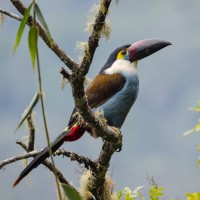 Birding from Bogota A Short & Sweet Colombia TourJuly 22 - 30, 2026
Birding from Bogota A Short & Sweet Colombia TourJuly 22 - 30, 2026 -
 Jewels of Brazil's Atlantic ForestOctober 17 - 28, 2026
Jewels of Brazil's Atlantic ForestOctober 17 - 28, 2026
-
-
Chris Newton
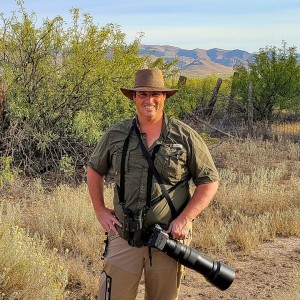
Chris developed a passion for birding early, joining Christmas Bird Counts across the Northeast with his father. His birding journey has since taken him from California to Florida, with Arizona remaining a perennial favorite. He studied Forestry and Agriculture in northern Vermont, concentrating on mammal and avian behavior, before moving to North Carolina to serve as Curator of Birds at Sylvan Heights Waterfowl Park, working hands-on with global waterfowl species in a managed setting. After seven years in North Carolina, he joined Disney’s Animal Kingdom, where he has managed both birds and African hoofstock. He now serves as Zoological Manager of the Night Team. Beyond his professional work, he and his wife conduct ecological surveys in Central Florida, contributing to research on Crested Caracaras, Snail Kites, Bald Eagles, Sand Skinks, and Gopher Tortoises—reflecting a career-long commitment to conservation. Birding has remained a constant throughout his life along the East Coast. In 2019, he reached a major milestone with his 700th North American species: a Ruddy Ground Dove in Arizona, shared with his father. Now based in Polk City, Florida, he takes great joy in guiding and helping birders discover new species—and looks forward to finding exciting lifers together.
Other trips with Chris Newton
Essential Information +
Packing List +
Suggested Reading List +
Useful Links +
Photo credits: Banners: Piping Plover, Magnolia Warbler, Merritt Island, Burrowing Owl Thumbnails: Roseate Spoonbill, Florida Scrub-Jay, Piping Plover, Tropical Kingbird, Painted Bunting, American Alligator, Scissor-tailed Flycatcher, Summer Tanager





